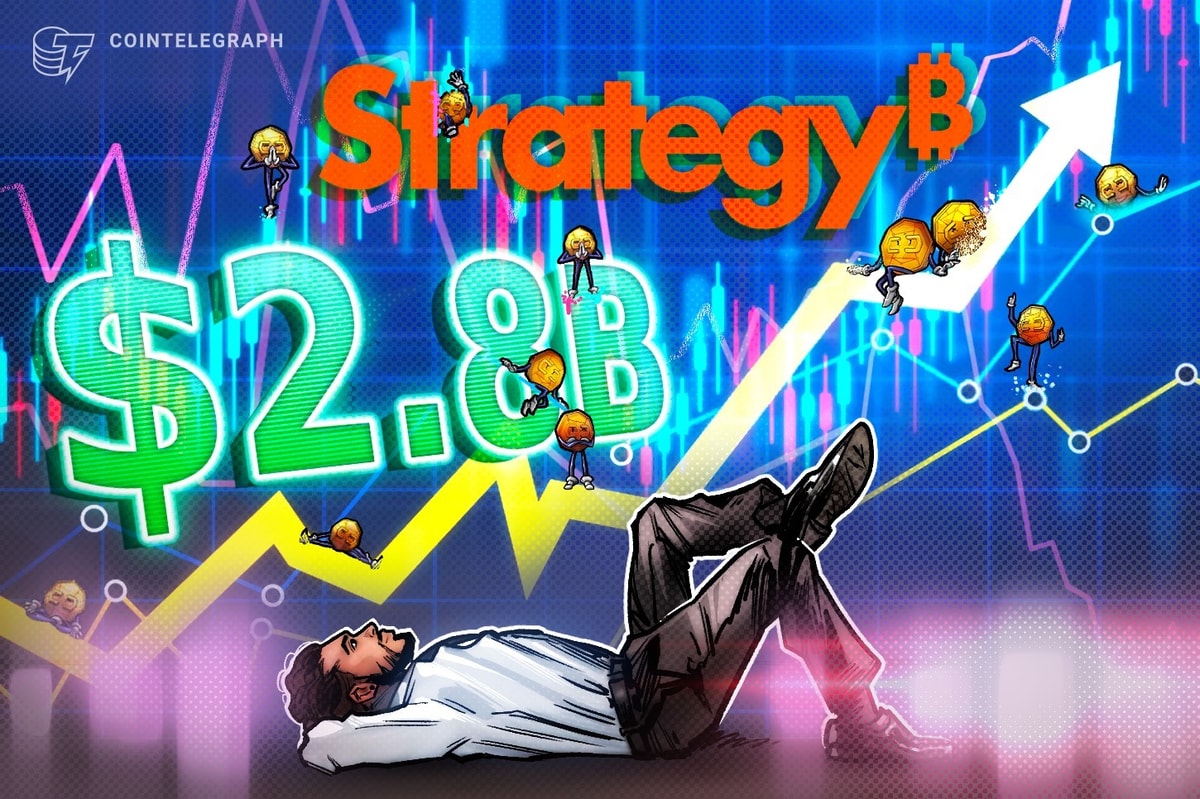Forrester recently published the latest cycle of HCM (Human Capital Management) landscape – The Human Capital Management Solutions Landscape, Q2 2025. We took a peek at 41 vendors, the new set of core use cases for HCM and what new extended use cases are picking up in the market, along with the traditional and new HCM capabilities.
The global human capital management market size was valued at $31.34 billion in 2024. The market is projected to grow from $34.12 billion in 2025 to $64.97 billion by 2032. Global organizations are signaling a significant strategic priority on talent and workforce management, evidenced by projected substantial increases in technology investments across HR, recruitment, workforce management, and talent intelligence over the next five years. This investment reflects a critical understanding of the direct link between talent optimization and business outcomes. While a best-of-breed approach has historically been prevalent, we are observing a clear and accelerating shift towards full HCM suite adoption across both large and midmarket enterprises in most industries. This trend is driven by the need for integrated data, streamlined processes, and a unified view of their workforce, suggesting a move away from siloed solutions to a more holistic and strategic platform approach. The dominance of SaaS HCM solutions underscores the demand for agility, scalability, and continuous innovation in managing their most valuable asset – their people. This landscape focuses on these modern Cloud HCM solutions.
Few key observations from the recent HCM landscape:
The rise of flexible workforces and total workforce management. Today’s workforce now comprises of full-time employees, contingent workers and potential freelancers and gig workers. Gone are the days where HCM solutions only focused on full-time employee data management. Today’s HCM solutions try to compete with Beeline and Fieldglass. Specially in a tough macro-economic and layoff ridden environment, being open to contingent workers and gig workers is a new strategic advantage helping the modern business be agile, scalable and profitable.
Digital Workers are coming. While many find this concept alarmingly frightful and absolutely detest the anthropomorphizing of a “piece of software” or a “digital agent” – it is inevitable. This is now not a matter of “if”, it is a matter of “when”. The traditional HR org chart consists of positions with roles, responsibilities and skills to perform a specific job function. Today we know with certainty that AI and automation will impact each position to a varying degree. Every person occupying a position will have AI agents and automation take over certain job functions and there is no better system than a HR system to help define, control and manage these agents. It will only be a matter of time until some HCM vendors provide comprehensive, secure and advanced GRC controls to manage the digital workforce of tomorrow. This will trigger the c-suites to adopt the concept of digital workers in order to meet their fiduciary duty towards their board and investors to ensure their organizations are as automated as possible with a rebalanced workforce.
Marketplace economy is here and maturing. Today’s mature HCM vendors have developed a massive underlying platform that is highly extensible, which enables independent third-party software vendors, partners, and even customers for that matter to develop low-code/no-code functional or vertical software solutions and sell them to a wider audience, thereby creating a huge buy-and-sell vendor marketplace. This trend is picking up rapidly and is extremely lucrative to both the HR vendors, partners and customers, creating a highly incentivized ecosystem and economy for all participants.
HCM evolves to include spend, identity, and IT asset management. There has been an increased emphasis and heavy demand on unified business operations across the organization rather than siloed systems and data. HCM being the employee system of record plays a key role and acts as the connective tissue between systems. It has an ideal foundation to ensure that employee data flows seamlessly across the enterprise, even as an employee moves through the organization. Many vendors are exploring knowledge graph semantics to make this happen. The new HCM model now covers some aspects of Spend Management such as expense management, bill pay, and corporate cards; some aspects of Identity and Access Management as a controller of employee identity; and IT Asset Management to manage worker assets and devices across the organizations.
Payroll finally gets its innovation moment thanks to consumer grade Fintech! Payroll is always viewed as highly transactional, compliance driven, extremely risk averse and boring enough to never be considered as an ideal candidate for disrupting innovations. For decades, no auditor and controller or CHRO would want to take on the liability of experimenting with payroll. Beyond cloud-based, multi-country payroll and global payroll engines, there were not many changes to this segment. However, newer consumer-grade fintech innovations like paycheck-linked lending and bill pay, earned wage access, real-time pay, dynamic direct-deposit switching, improved credit scoring, financial wellness, and automated verification of income and employment are becoming increasingly popular and in demand specially driven by the SMB market.
Exciting news! The publication of this HCM landscape kicks off the Forrester Wave™ for HCM Solutions. I’m looking forward to spending the next four months evaluating a select group of market-leading HCM vendors across their key offerings and product strategy. Stay tuned for the Forrester Wave™ publication later this year! Meanwhile, have a look at the HCM landscape report here.
For more insights from the report The Human Capital Management Solutions Landscape, Q2 2025, information on any of the vendors discussed in the report and overall HCM market trends, please book time with me (an inquiry or guidance session).





























